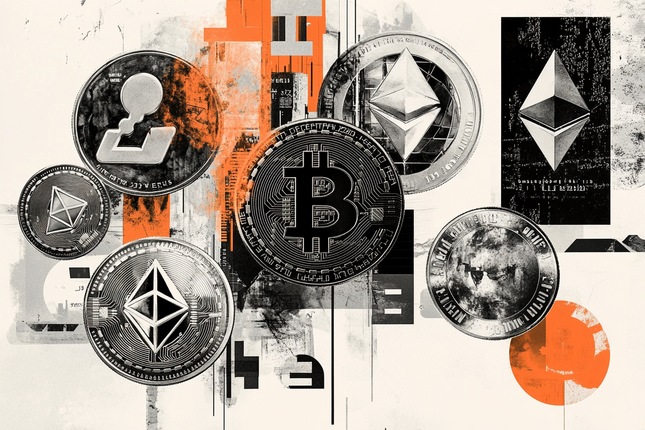SP 500 Exchange rate
Editors’ Picks

EUR/USD trims losses, back above 1.1650
EUR/USD remains slightly on the back foot on Friday, trading around 1.1650 amid some modest recovery in the US Dollar. Investors, in the meantime, are expected to shift their attention to next week's US inflation data release. Fed officials' comments and trade news also remain in focus.

GBP/USD turns positive near 1.3450
GBP/USD now flirts with the 1.3450 zone, managing to bounce off daily lows as the Greenback’s advance loses some traction. The British Pound remains bolstered by the BoE's hawkish cut at its meeting on Thursday. Cable remains en route to close the week with marked gains.

Gold keeps the rangebound mood near $3,400
Gold seems to have entered a consolidation phase around $3,400 per troy ounce, giving up some gains after previous highs over $3,410. The announcement that the United States would tax one-kilo and 100-ounce gold bars is also supportive of the precious metal.

Crypto Today: Bitcoin uptrend takes a breather as Ethereum, XRP bulls tighten grip
The cryptocurrency market is relatively bullish on Friday, buoyed by renewed risk-on sentiment from both institutional and retail investors. Bitcoin surged toward the $118,000 round-figure resistance before retreating slightly to trade at around $116,525 at the time of writing.

Bank of England cuts rates in dramatic meeting
The Bank of England has cut rates by a further 25 basis points to 4% but the statement hints that officials think the easing cycle is nearing its end. Policymakers are visibly worried about a more persistent bout of inflation as the headline number is way higher than target.
Majors
Cryptocurrencies
Signatures
S&P 500
The Standard & Poor's 500 (S&P 500) is a stock market index tracking the stock performance of 500 of the largest companies listed on stock exchanges in the United States (US). It is seen as a leading indicator of US equities and includes approximately 80% of the total market capitalization of US public companies.
The S&P 500, operated by S&P Dow Jones Indices, is weighted by free-float market capitalization, meaning that larger companies have a greater impact on the index. Constituents and their weights are regularly updated based on rules set by S&P Dow Jones Indices.
The S&P Index Committee, comprising analysts and economists at Standard & Poor's, selects the companies based on criteria such as market size, liquidity, and industry grouping.
Over time, the S&P 500 serves as a key benchmark for the US economy.
HISTORIC HIGHS AND LOWS FOR S&P 500
- All-time records: Max: 6,001.35 on 11/11/2024 – Min: 4.40 on 05/1932
- Last 5 years: Max: 6,001.35 on 11/11/2024 – Min: 2,237.40 on 23/03/2020
* Data as of November 2024
ASSETS THAT INFLUENCE THE S&P 500
- Currencies: US Dollar (USD).
- Commodities: Oil and Gold.
- Bonds: US Treasury Bonds.
ORGANIZATIONS, PEOPLE, AND ECONOMIC DATA THAT INFLUENCE THE S&P 500
Since the S&P 500 is a benchmark of US stocks, its value is influenced by a variety of decisions and indicators affecting major companies, including:
- Economic indicators inflation – Consumer Price Index (CPI) and Producer Price Index (PPI) –, consumer confidence (University of Michigan Consumer Sentiment Index), economic growth (GDP), employment (Nonfarm Payrolls), and salaries (Average Weekly Earnings).
- Interest rates, decided by the Federal Reserve (Fed), the central banking system of the US. Jerome Powell, the 16th Chair of the Fed, has held the position since February 2018 after being nominated by Donald Trump and confirmed by the Senate.
- Fiscal policy, trade deals, and business laws decided by the US president, the Treasury Department and the Department of Commerce. The Treasury focuses on fostering economic stability, growth and financial integrity, while the Department of Commerce supports economic growth and established industrial standards.
- Energy prices such as electricity and Oil directly impact production costs for companies within the S&P 500.